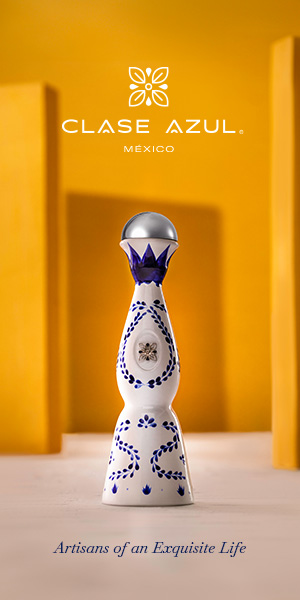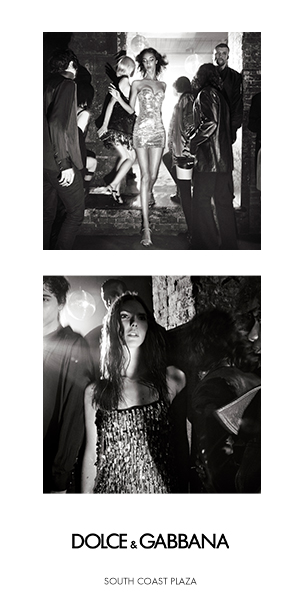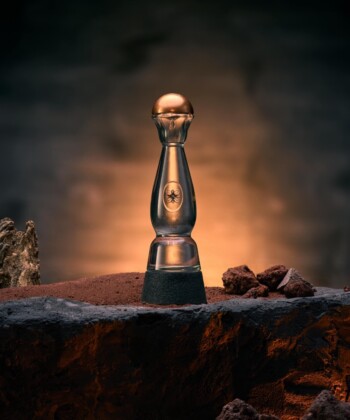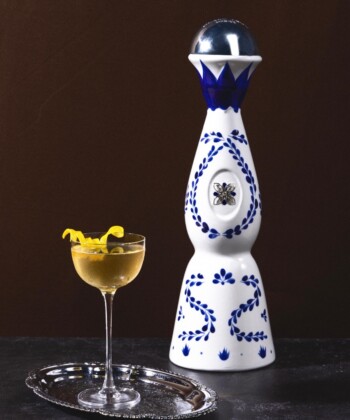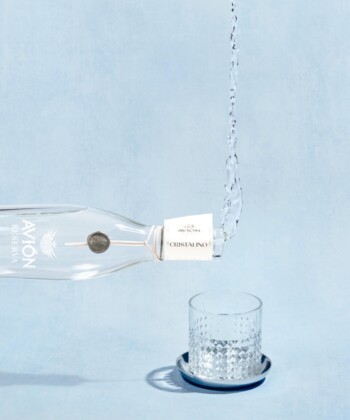When I received a bottle of a newly launched wine called Fichimori and was told to serve it “well-chilled,” I was skeptical to say the least. An Italian red, served cold?! I’d always been under the impression that red wine should be enjoyed just below room temperature and just above cellar temperature—somewhere around 60-65 degrees. But I obliged, and tossed the bottle in the fridge alongside my whites and rosés.
On the first warm day of spring, I poured myself a glass and made a startling discovery: It was delicious. The wine was bright and refreshing, with an unusually beautiful ruby red color. Fichimori, which translates to “dark figs” (hence to deep red hue), hails from the southern Italian producer Tormaresca. It’s a blend of the region’s unique Negroamaro grape with a hint of Syrah and is made with softer tannins than standard red wine—making it best served chilled.
We were curious what industry insiders had to say about the notion of drinking chilled red wine, so we assembled a panel of experts—ranging from sommeliers to winemakers—and asked them the following: Is it acceptable to serve red wine chilled?
Here’s what we learned.
Cooler temperatures help showcase the fruit of certain reds, like Malbec.
“Different red wines need respective temperatures to highlight their best attributes, especially in a matter of pairing with food,” explains Victoria Kulinich, sommelier at The Restaurant at Meadowood in St. Helena, California. “Perhaps some easy-going Gamay or some few plush Malbec examples can be served cold to tame their potential alcohol and show off their fruit. Most others just do better at temperatures above.”
…but it should never be served “ice cold.”
“There is a very important difference between cold wine and fresh wine. In my opinion, no wine should ever be served ice cold unless it is trying to hide imperfections,” says sommelier Olivier Flosse, who oversees the wine cellars at A Voce restaurants. “Wine served at a ‘fresh’ temperature, below room temperature, can make certain varietals more enjoyable and easier to drink, especially if they have particularly high alcohol contents. Light red wines served at a fresh temperature are perfect for summer, and I think more people are beginning to realize that.”
Chilled red wine doesn’t preserve well, but it’s still a great summer alternative.
Gino Santangelo, Executive Sommelier at The Forge in Miami Beach explains, “Wines with low tannin taste better cold but don’t preserve well. It’s a wine for lunch, for fun, for summer.”
For great chilled red wine options, look to the French.
Ian Cauble, master sommelier and co-founder of SommSelect, a curated wine e-tailer suggests, “There are many great wines from France that perform very well served slightly chilled around 50-55 degreees, such as young Cru Beaujolais, Chinon or Côtes du Rhone.”
Wines that are high in tannin should never be served chilled.
“Red wines with high levels of tannin should never be chilled, but the softer options, specifically some reds from the Loire Valley really shine when served at cooler temperatures”
Scott Cameron, beverage director of the Michelin-starred chef’s counter in Tribeca, Atera
Ultimately, it’s all about personal preference.
“I haven’t tested out the market for drinking red wines made to be served cold, but I think this ties back to the lifestyle element of drinking wine and being able to drink what you like when and how you like it,” says Greg Scheinfeld, co-owner and winemaker of Napa Valley-based Uproot Wines. “Instead of drinking chilled white wine by the pool why can’t we drink red wine?”



























